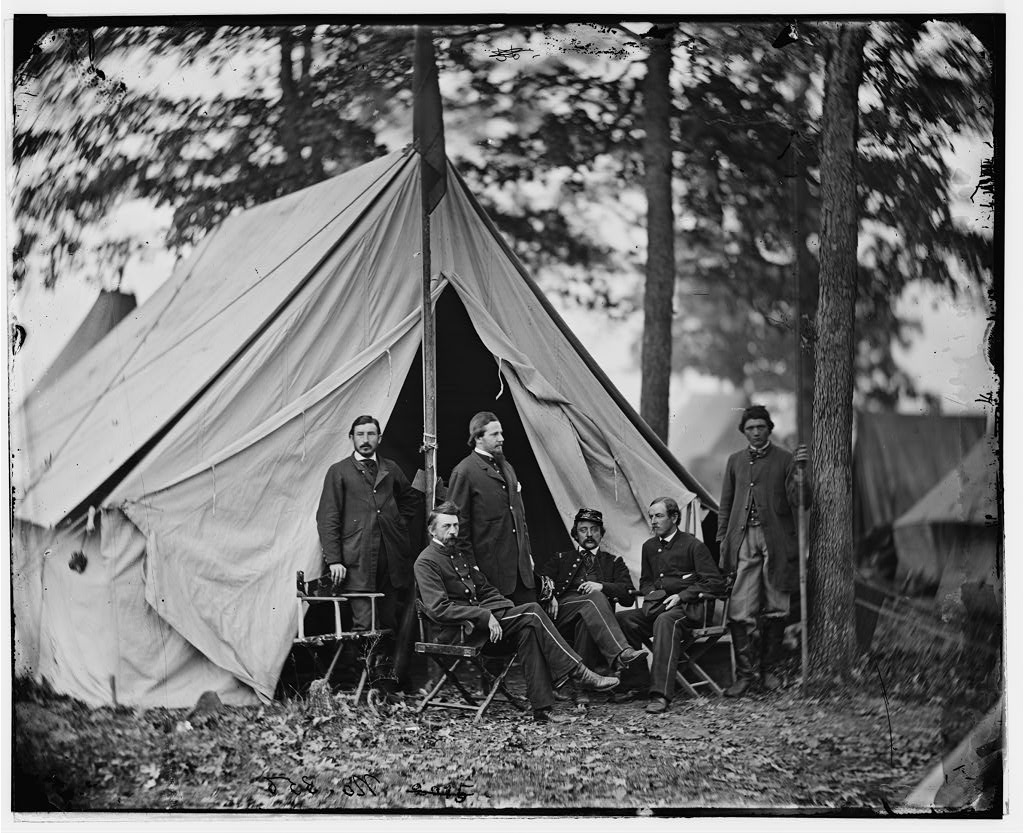In July 1861, after the First Battle of Bull Run, with about 5,000 soldiers dead or wounded, it took almost a week to remove Union and Confederate casualties from the field. In July 1863, after Gettysburg, virtually all of the 14,000 wounded Union soldiers were off the bloody grounds by July 4, the morning after the fighting had stopped.
How did this astonishing advancement take place? In late 1862, within four months of becoming the medical director of the Army of the Potomac, Major Jonathan Letterman revolutionized the care of battlefield wounded—including many breakthroughs that are still standard practices in military and emergency medical care—and it had virtually nothing to do with the ways specific doctors treated specific patients.
“The great innovation of medical care for soldiers during the Civil War was not a pill or a machine,” says George Wunderlich, executive director of the National Museum of Civil War Medicine in Frederick, Md. “It was a change in the structure of medical care.” Letterman created a kind of flow chart—simple and flexible— for treating soldiers that replaced a rigid organization along regimental lines that was overwhelmed by the massive casualties of the Civil War. The plan started with dressers along the battlefield—the predecessor to today’s medic—who treated minor wounds and injuries with what was the first systematic use of first aid. Those with more serious problems would be transported by ambulance or by members of the newly created system of stretcher bearers to a field hospital—akin to the modern emergency room—where the best-qualified surgeons would care for those in critical need— much like today’s hospital trauma teams. He also put into place systems for preventive medicine—two soldiers died of disease for every one who died in battle—and for making sure battlefield doctors had a consistent, reliable source of medical supplies.
The astonishing relevance of Letterman’s breakthrough to modern emergency medicine was made clear to Wunderlich in 1998 when he worked as a volunteer ambulance driver in Maryland. “There was this horrific accident—eight or nine cars and a minivan full of people,” Wunderlich remembers. “There were four or five different ambulances, and I watched the fire chief organize everybody: Take this ambulance with this person, take this ambulance with that person. On my way back, I passed a building that was a signal station during Antietam. And I thought, Everything we did tonight, Letterman wrote out on this battlefield 140 years ago.”
Originally published in the February 2009 issue of American History. To subscribe, click here.





